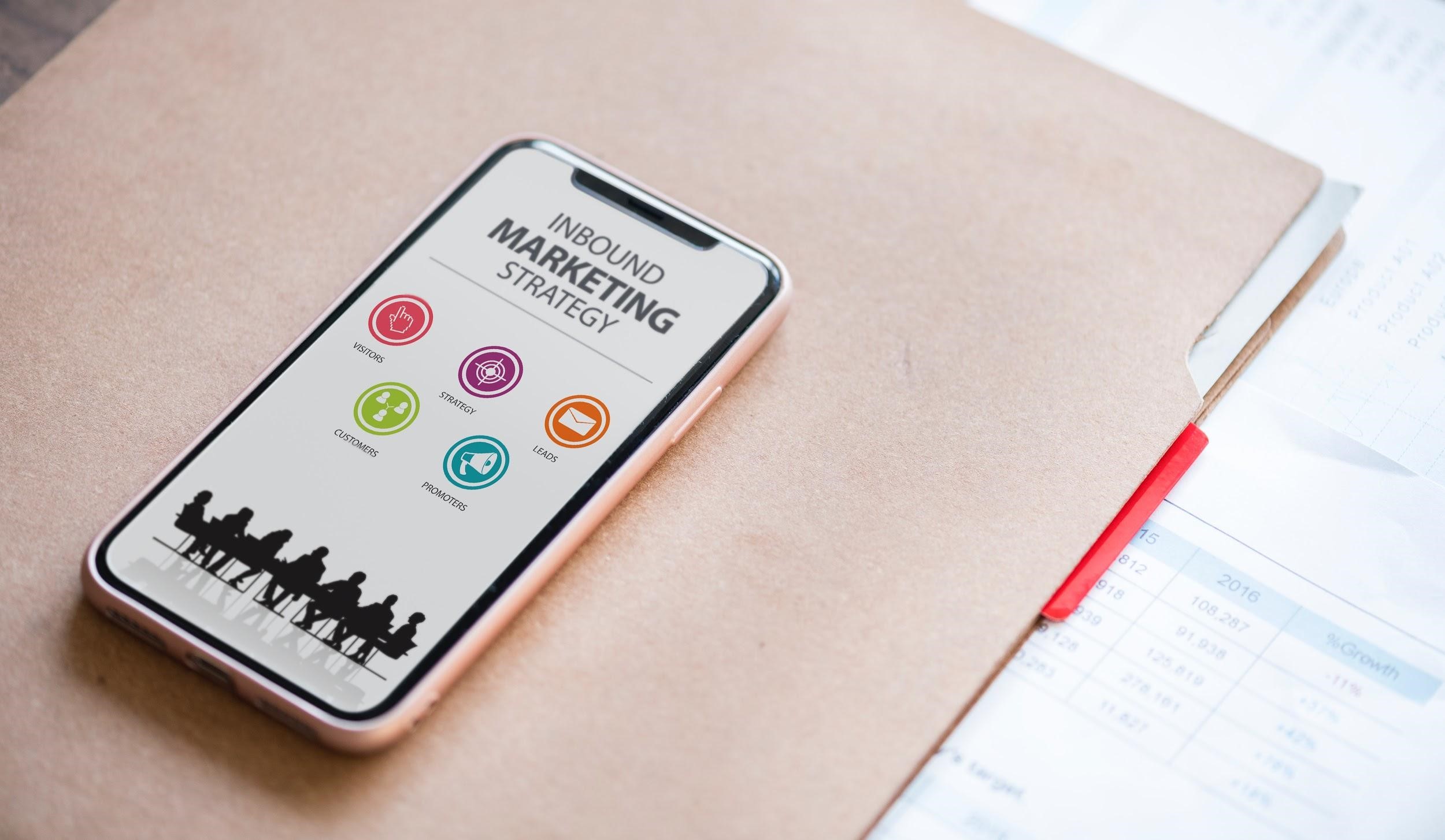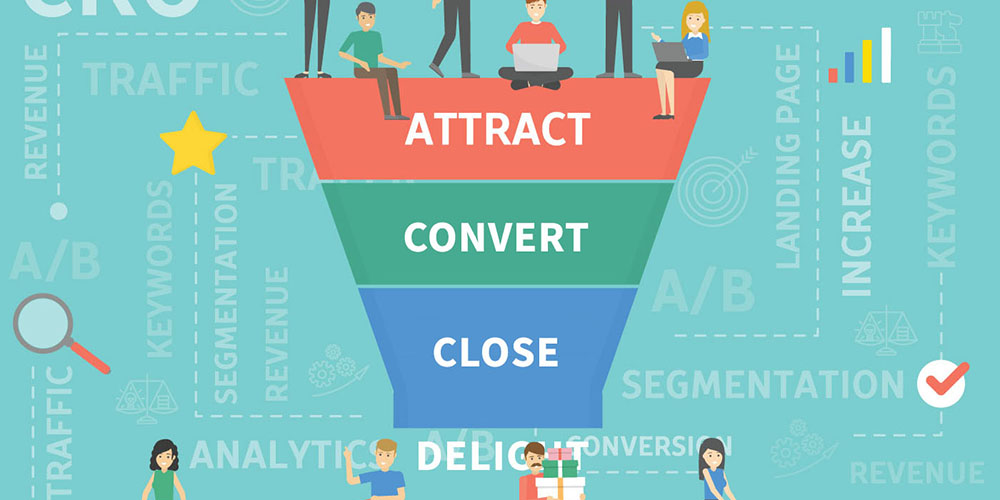If you are a frequent user of the Internet, you are probably already familiar with inbound marketing strategies and  perhaps didn’t even realize what they are called. For those looking to increase their content marketing and focus on improving their search engine ranking among many other things, give inbound marketing a try. But first, let’s distinguish the difference between inbound and outbound marketing.
perhaps didn’t even realize what they are called. For those looking to increase their content marketing and focus on improving their search engine ranking among many other things, give inbound marketing a try. But first, let’s distinguish the difference between inbound and outbound marketing.
Outbound is a more traditional, less engaging, and generally a disruptive way of marketing. It’s inclusive of radio, print, telemarketing, and direct mail advertisements. Inbound marketing, on the other hand, is a great strategy for attracting leads that translate to business growth. This is achieved through marketing products and services via content creation, social media marketing, SEO, and branding. It’s less expensive than outbound marketing and allows you to directly interface with potential customers by catering to their needs rather than generic advertising that addresses everyone.
If you are new to inbound marketing, don’t fear. We’re here to lay out a four-step process that will help you navigate this strategy:
 ATTRACT
ATTRACT
The ultimate goal of marketing is to attract customers that will make a purchase. By generating relevant and valuable content in the form of videos, blogs, and social media posts, you aim to draw people in. This is important because many people may not even know that your company exists, so you need to provide educational and engaging content in many forms in order to meet the needs of a customer during every stage of their buying journey.
CONVERT
When the potential customer has been attracted to the site, the next step is to convert them into leads, usually starting with gathering their contact information. One way to increase leads is by finding, connecting, and engaging with qualified prospects. Using a platform like Uplead enables you to build targeted lists of contacts and companies using their huge leads database. It’s important at this stage to show meaningful content that provides the audience with what they’re looking for. Often times converting a seeker to a paying customer is a long process, but inbound marketing helps you meet the customer where they’re at in the buying process, and get them to reach out to you when they’re educated on your offering.
CLOSE
The third step is a crucial one because it’s where the lead is turned into a customer. However, your marketing efforts don’t end here. Direct marketing materials such as targeted email, physical mail, catalogs, landing pages, and even coupons sent to the contact information they provide will help push them over the threshold from visitors to paying customers.
DELIGHT
Satisfying the customer is an ongoing process. You want to keep them coming back, right? As HubSpot, one of the leading authorities on inbound marketing claims, “It’s about adding value at every stage in your customer’s journey with you.” Continue promoting engaging content to turn a customer into a brand-loyal customer. Engaging content can be in the form of videos, blogs, webinars, special email lists, helpful tips and tricks, interactive social media platforms, even fun infographics.
If you can master these four steps, your business will be on the fast track to success. Just remember, inbound marketing is all about creating meaningful content that addresses the customer’s needs and continues to satisfy. If you have any additional questions or are interested in learning more about digital marketing services for your business, please contact the Tomo360 team.
